
One of the floating huts in Dau Tieng Lake
Over the past decades, when the water level in Dau Tieng Lake has dropped, hundreds of people have come to build huts and tents on the land that is semi-submerged in the lake; they grow cassava, fish, ferry across the island, and transport agricultural products. Many people bring their spouses and children to settle here; they raise poultry and livestock to increase their family income. Some people have even opened coffee and beverage shops to serve the residents living in the lake area.

Coffee hut for merchants
The huts are not large in area, only a few dozen square meters, using compact, light materials such as wood, bamboo, roofed with corrugated iron, covered with nylon tarpaulin to make them easy to carry up and down when necessary.
Some families have the means to invest money to build their homes on plastic barrels connected to rafts, creating a floating hut on the waves. When the water level rises or falls, they just need to move their "family home" along with the water level and anchor it to make a living.

Dozens of fishing boats were pulled up to the dike roof, not daring to go out to sea due to the unpredictable storms and rains.
Currently, the water in the largest artificial irrigation project in Southeast Asia has not yet reached its peak, but all residents in the lake have moved their shelters to the inner roof of the dike to avoid flooding. On the morning of October 30, along the lake shore from Duong Minh Chau commune to Cau Khoi commune, Loc Ninh commune, Tay Ninh province, dozens of huts have moved close to the dike. Some huts are placed on floating buoys, others are placed on the dike body.
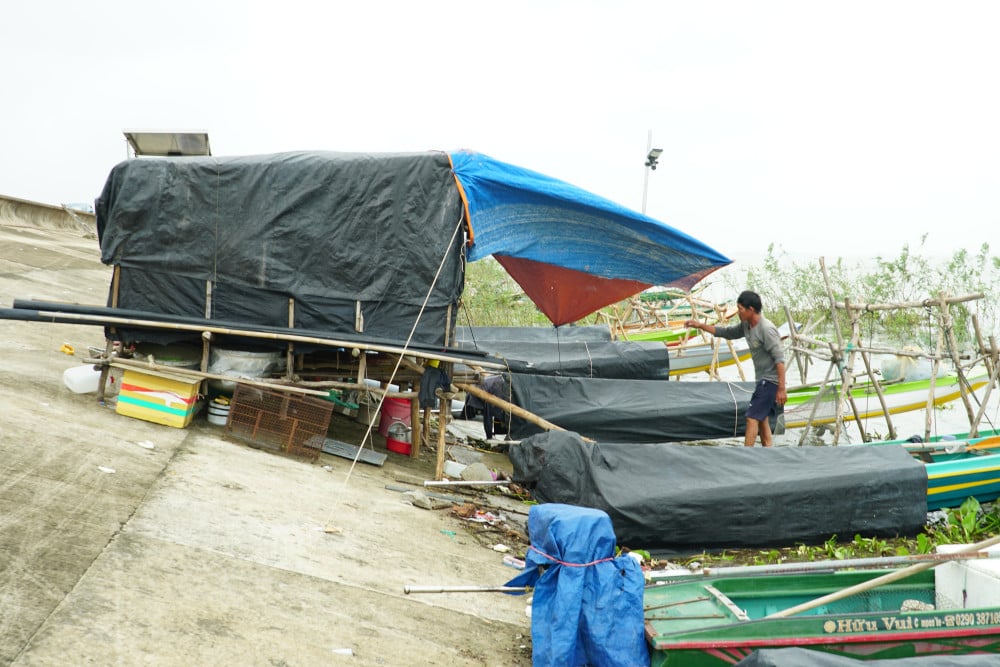
The huts become fragile in the storms in the lake.
Mr. Nguyen Van Ut is a Cambodian immigrant who has lived in Dau Tieng Lake for more than 10 years. Every day, he works as a fisherman or fisherman in the lake to earn a living. For more than a month, this young man and some friends have carried his family's hut from the semi-submerged land and placed it on the lake dike.
“Given the current erratic rain and storms, I have to buy more nails and wire to reinforce the temporary hut, waiting for the weather to stabilize before continuing fishing,” said Ut.
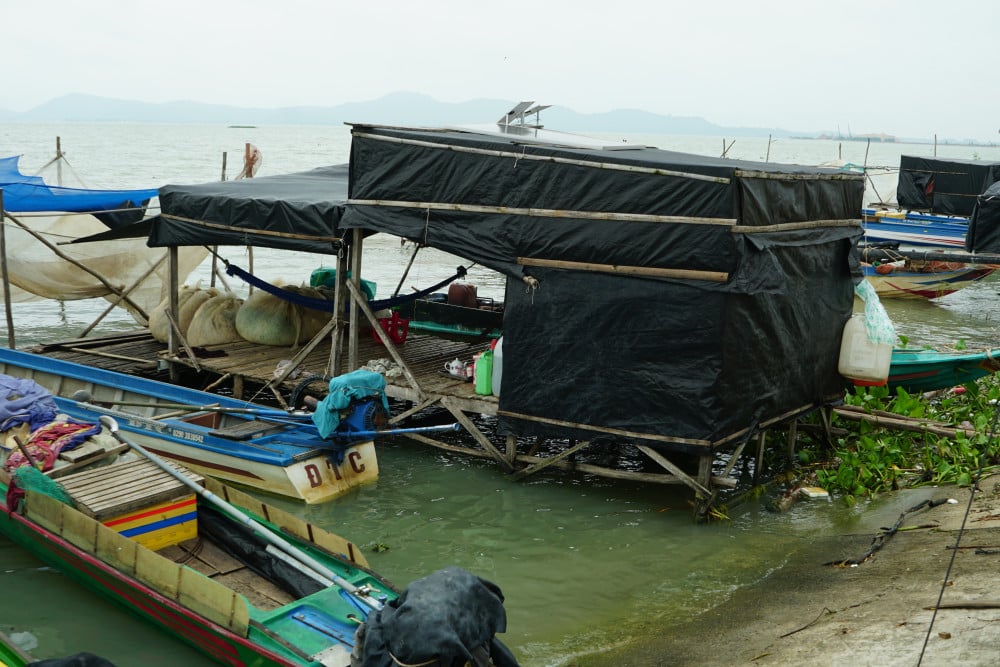
Many huts are unattended because their owners have gone to Nhim Island to pick cassava for a living.
Mr. Nguyen Van Teo also came here from the other side of the border to live and make a living by working on the river. Mr. Teo has just used a rope to tie his hut to make it more solid. In addition to moving their living quarters, the young people here also used some cajuput tree trunks to create a makeshift scaffolding to lift dozens of boats out of the water, to avoid the impact of heavy rain and strong winds.
“We have to take care of our boats, otherwise storms will cause the vehicles to collide with each other, or they will capsize, sink, and damage the machinery.”
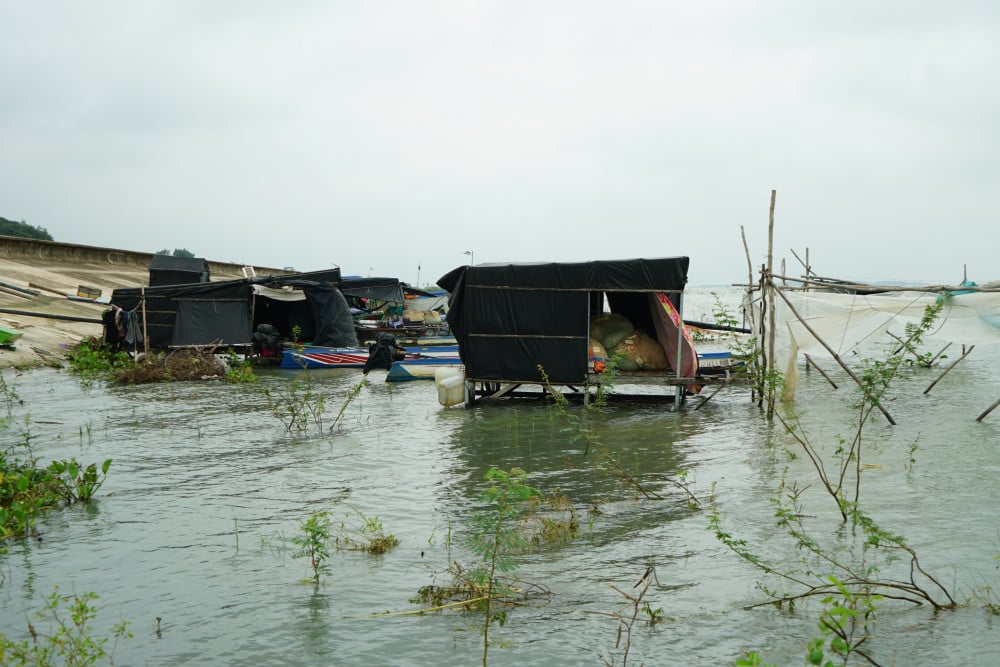
Many huts are still standing in the water, not yet moved to the dike roof.
This young man said that due to the stormy weather and lightning on the lake, fishermen like him have temporarily suspended their nets to ensure their own safety.

Local people built scaffolding and raised the boat above the water to avoid the impact of wind and rain.
Next to where Teo lives, there are dozens of other huts that have just been moved from the semi-flooded land to the dike roof. Most of these huts are unattended. When Teo asked, he learned that their owners had gone to Nhim Island to pick cassava for a living, and would only return in the evening or the next day.

Many fishing vessels are "hung" above the water to avoid collision.
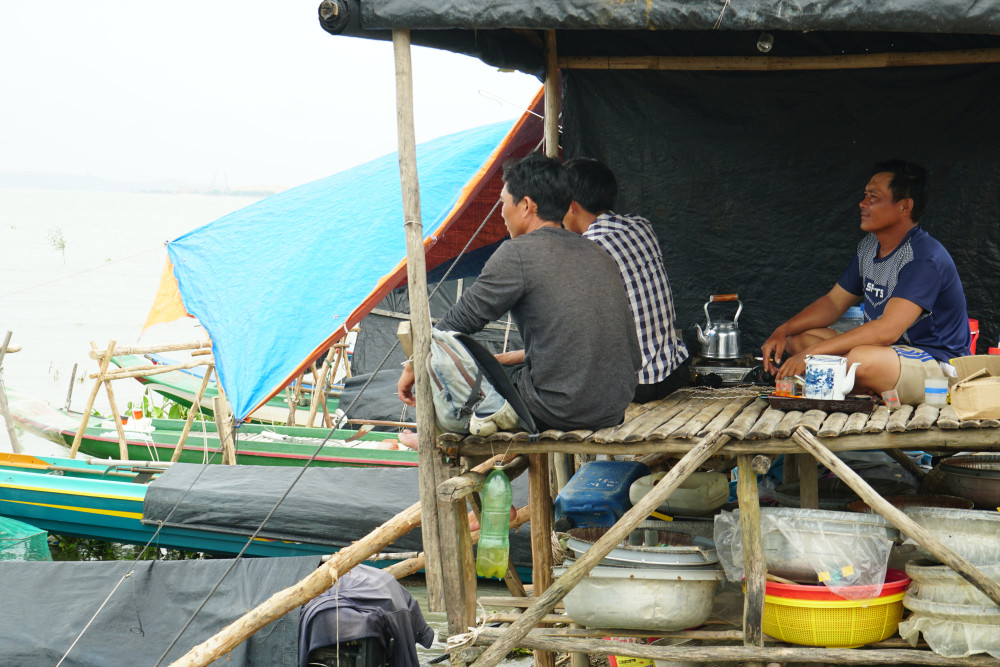
A group of unemployed fishermen sat drinking tea, praying for the storm to pass quickly so they could return to their fishing profession.
Mr. Teo added that recently, the authorities came to remind people that building huts on the roof of the dike is a violation of regulations on ensuring dike safety and suggested moving to another place. The people here do not know where to take their property, so they stay here, waiting for the end of the rainy season.

People reinforce their homes in the face of erratic weather conditions.

A row of huts in Dau Tieng Lake before the storm season
There are also a few similar huts at the junction of the lake shore. Some huts have become coffee shops, or places for merchants to stop and wait for their ferries. Residents here live a precarious life, waiting until February of the following year, when the lake water level recedes, they move their huts to semi-flooded land, and continue to cling to the lake to make a living./.
Ocean - Quoc Son
Source: https://baolongan.vn/nhung-can-choi-di-dong-trong-ho-dau-tieng-a205642.html



![[Photo] Lam Dong: Close-up of illegal lake with broken wall](https://vphoto.vietnam.vn/thumb/1200x675/vietnam/resource/IMAGE/2025/11/03/1762166057849_a5018a8dcbd5478b1ec4-jpg.webp)
![[Photo] Prime Minister Pham Minh Chinh receives the Chairman of the Japan-Vietnam Friendship Association in the Kansai region](https://vphoto.vietnam.vn/thumb/1200x675/vietnam/resource/IMAGE/2025/11/03/1762176259003_ndo_br_dsc-9224-jpg.webp)
![[Photo] Fall Fair 2025 and impressive records](https://vphoto.vietnam.vn/thumb/1200x675/vietnam/resource/IMAGE/2025/11/03/1762180761230_ndo_br_tk-hcmt-15-jpg.webp)

![[Photo] General Secretary To Lam receives Singaporean Ambassador Jaya Ratnam](https://vphoto.vietnam.vn/thumb/1200x675/vietnam/resource/IMAGE/2025/11/03/1762171461424_a1-bnd-5309-9100-jpg.webp)
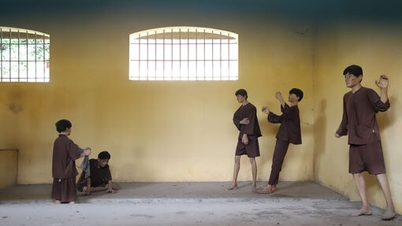



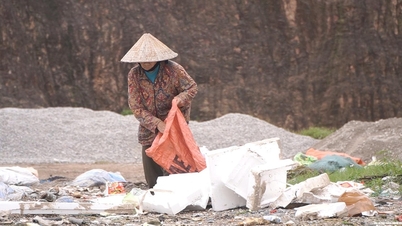




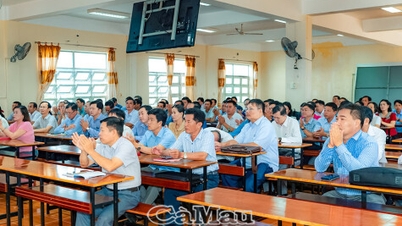






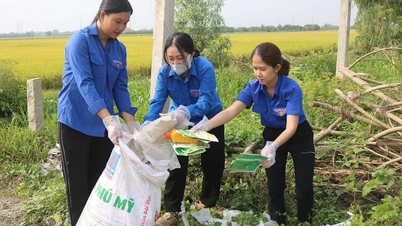








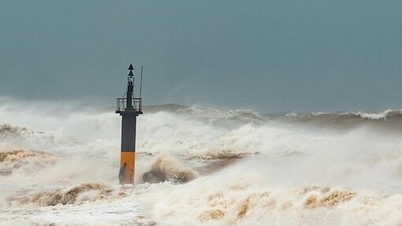
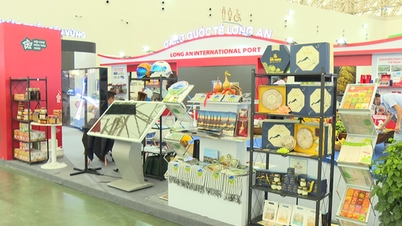
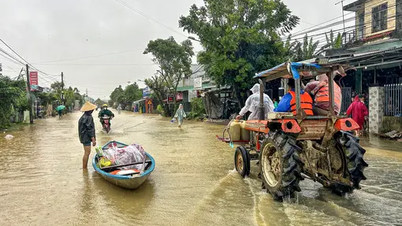
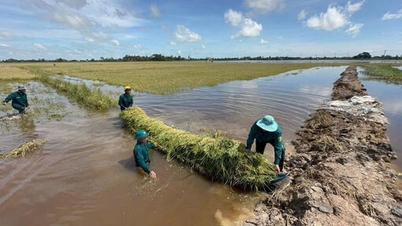



























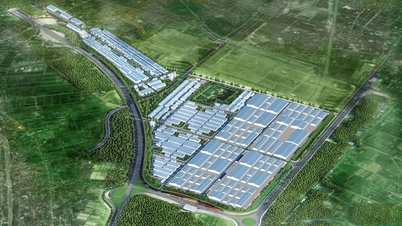


























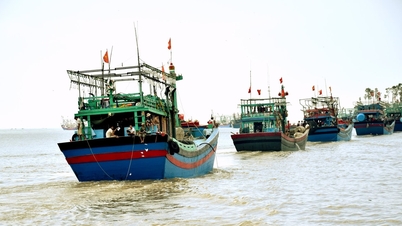




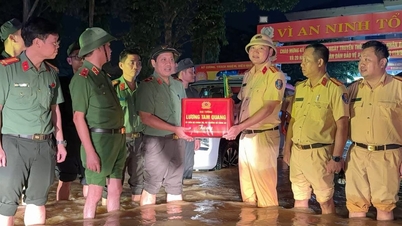

















Comment (0)